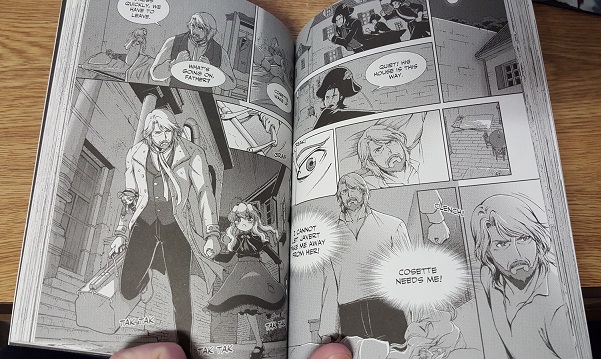(very minor spoilers ahead; nothing that isn’t in the regular synopsis)
My first book review of the semester is going to be over a book called… Booked. The author, Kwame Alexander, takes us through the story of Nick Hall, an every-day boy who loves soccer, his friends, and a girl named April. Through the course of the book, we get to learn more about Nick and how he struggles with his parents’ divorce, his feelings for a girl he feels is out of his reach, and the prospect of losing his best friend. Through it all, Nick’s love of soccer is something he can always come back to though; the simple pleasure of being on the field is all he needs to get him through rough times. I really think that this is one of those rare books that has a little something that absolutely everyone can relate to.
The most interesting thing about the book I noticed as soon as I opened it was that it is all written in verse form. While the whole book could have been written in the usual prose, the verse form that was used really brought something great to the table. People like to make the corny statement that life is somehow like poetry, but it’s something I’ve never agreed with. I have to say though, Alexander has made quite a compelling argument for life being poetry. Even if this isn’t the poetry we’re used to (it still ends up sounding like prose when you read it), there is something so poetic that is drawn out simply by how the words are arranged.
Short lines and snapshots of Nick’s life give the reader something more memorable than can normally be accomplished through more lengthy descriptions and dialogue. Emotion is conveyed in a deeper, more real way. For example, I left page sixty-one of the book marked. This is just after Nicks’ parents have told him that they are separating and his mother is moving to Kentucky. This is the short poem which is on that page:
Thought
It does not take
a math genius
to understand that
when you subtract
a mother
from an equation
what remains
is negative.
You can see from what is right here, only a few short lines, what power a simple short poem can hold. These words give you everything you need; you know what’s going on and understand the feelings of the narrator from just twenty-three carefully chosen words.
Overall, Booked was a great read. It’s a fairly quick read too, even for someone like me who reads at a snail’s pace compared to everyone around me. It’s also a lot less intimidating when you pick up a book to see a series of short poems. I don’t usually like poetry either, but the poems in this book are written more like prose than poetry; it’s just the form that makes this a book of poetry. As for an age group, I would recommend this book to anyone from ten on up. Like I said, it’s easy to relate to Nick’s story (our shared last name may have helped *chuckles*) and it might be of special use to a middle or high school student who is facing the same problems as the protagonist. Everything works out, and it’s OK to feel what you’re feeling – it’s a great message.


